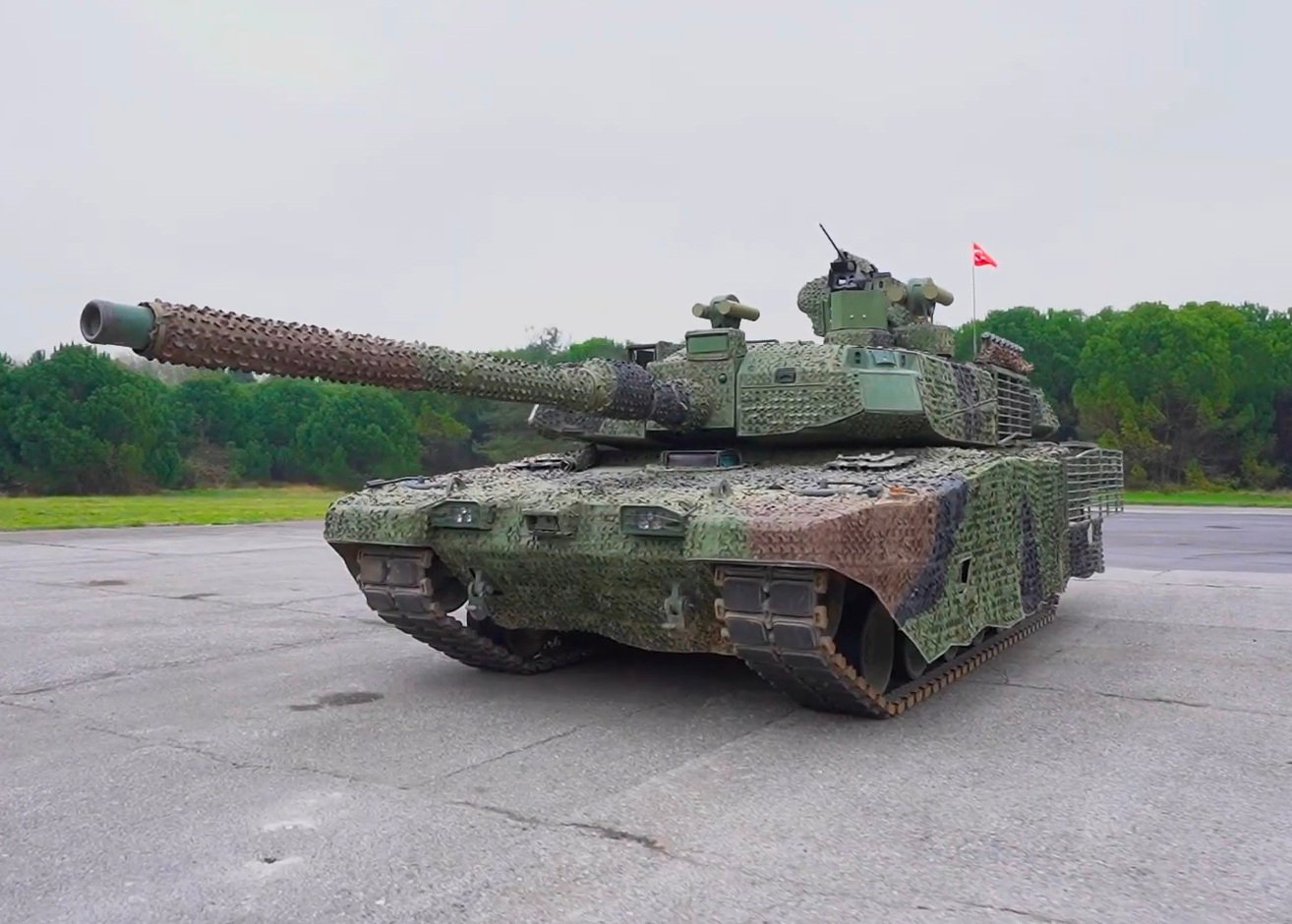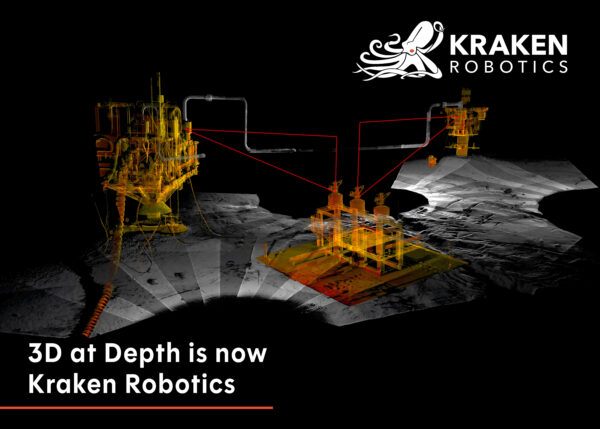Copyright defence-blog

Turkey has officially entered a new phase in its defense industry as the domestically developed Altay main battle tank joins the inventory of the Turkish Armed Forces. The first delivery took place today at a ceremony attended by President Recep Tayyip Erdoğan in Kahramankazan, marking both the opening of BMC’s Ankara Tank and Next-Generation Armored Vehicle Production Facility and the beginning of serial production for the Altay. According to Turkish media reports, the event — formally titled BMC Ankara Tank and Next-Generation Armored Vehicle Production Facility Opening and Initial New Altay Tank Delivery Ceremony — represents a milestone in Turkey’s long-standing effort to supply its land forces with an indigenous main battle tank. The initial production phase uses an imported power pack but will transition to the domestically developed BATU power group in the next stage. Under the project plan, 250 tanks will be delivered to the Land Forces Command — 85 in the T1 configuration and 165 in the advanced T2 configuration. Engineers say the current generation, called “Yeni Altay” (New Altay), integrates additional capabilities developed after the prototype stage, including those that replaced components previously restricted by export licenses. As noted by the Turkish Presidency of Defense Industries (SSB) in earlier briefings, these enhancements have produced a tank with improved firepower, protection, and combat endurance — fully aligned with the latest operational lessons learned from regional conflicts. The Altay T1 configuration has been redesigned according to a new protection concept inspired by recent combat experience and future operational requirements of the Turkish Armed Forces. It combines passive, reactive, and active protection systems, offering all-around defense against both kinetic and guided anti-tank threats. The upgraded design includes a 360-degree Active Protection System, modernized armor package, and a revised fire control system. The tank’s vehicle control architecture, gunner’s secondary sight system, tracks, turret ring gear, fuel and hydraulic pumps, periscopes, and rotor units have all been localized as part of the broader effort to reduce foreign dependence. BMC said the T1 variant provides layered protection, integrating new-generation reactive armor (ERA) and slat armor to counter RPGs and guided missile attacks. Additional measures include blast mitigation systems within ammunition compartments and an expanded turret rear section to improve crew survivability. The Altay’s modern hybrid protection suite optimizes maneuverability and agility while ensuring battlefield endurance. The tank’s main gun, high-precision fire control, and targeting systems allow it to engage effectively under modern combat conditions. According to BMC, the vehicle’s firepower and protection levels place it among the world’s advanced main battle tanks, combining the survivability of heavy Western platforms with the mobility and adaptability needed for regional environments. In 2023, two pre-production Altay tanks were delivered to the Turkish Land Forces for serial production testing. Feedback from these trials shaped the final production configuration. Serial manufacturing will continue with the Altay T2, which incorporates further upgrades in protection, electronics, and command systems. The Altay program began more than a decade ago as Turkey sought to reduce reliance on foreign suppliers for its armored vehicle fleet. The project was initially based on technology transfer from South Korea’s K2 Black Panther tank, particularly in engine and transmission systems. However, export licensing issues prompted a broad localization initiative that led to the development of Turkey’s own subsystems, including the BATU indigenous power unit designed by BMC Power. Over the years, the Altay project faced delays due to restrictions on critical imports, including engines, transmissions, and fire control components. Turkish engineers responded with a comprehensive domestic substitution plan, culminating in the “New Altay” version delivered today. Turkey’s growing experience with combat operations in Syria, Iraq, and other regional environments influenced many of the tank’s design decisions. Field feedback from Turkish Land Forces units operating Leopard 2A4 and M60T Sabra tanks helped define requirements for enhanced protection, crew safety, and sensor fusion. In previous statements, BMC officials highlighted that the Altay project reflects Turkey’s evolving defense production philosophy — combining local industrial capability with combat-driven design priorities. The Kahramankazan facility, where today’s ceremony took place, was established as a national production hub for both tanks and other next-generation armored vehicles, supporting Turkey’s long-term strategic independence in defense manufacturing. As the Altay enters full-scale production, the focus will shift to completing the T2 variant, integrating the BATU indigenous power group and further enhancing onboard electronics. With these advancements, the Altay is expected to form the backbone of Turkey’s armored forces for decades to come, representing a major step toward self-sufficiency in land warfare systems.



